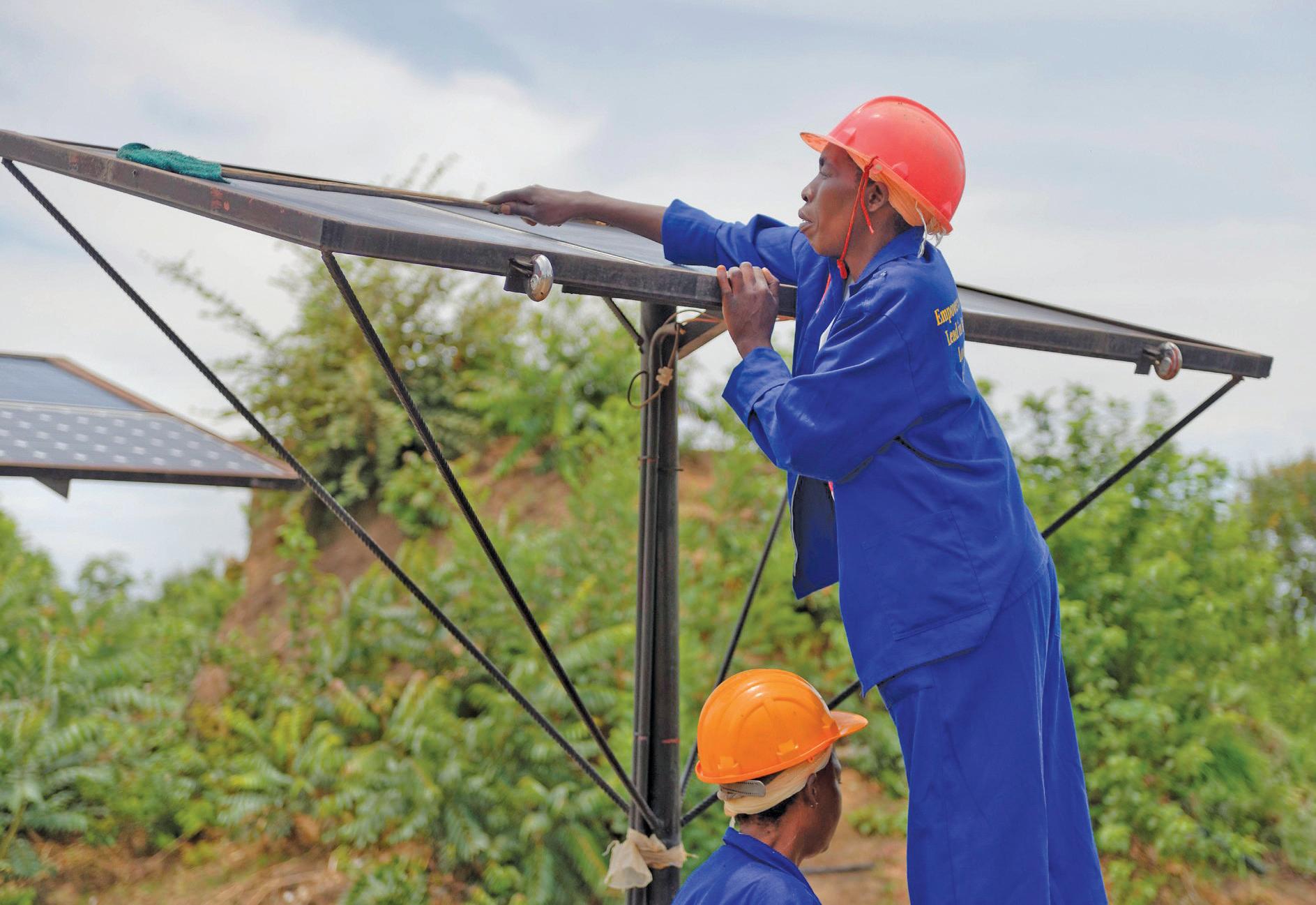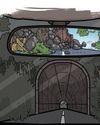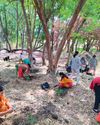
ZAMBIA, ENDURING the worst drought in at least half a century, is scrambling for ways to avert a humanitarian catastrophe and an economic collapse. Despite a few spells of rain in January and February, large parts of the country continue to reel from severe food and energy crises. Estimates by the UN Office for the Coordination of Humanitarian Affairs show that the drought, which forced the government to declare a national emergency in February 2024, has affected over 1 million farming families (6.6 million people) who depend on rain-fed agriculture. Millions of people are in urgent need of assistance as hunger is rising along with the burden of waterborne diseases like cholera.
In a significant blow to Zambia's economy, which is among the poorest in the world and is recovering from a debt crisis, the drought has throttled its hydropower plants that cater to 83 per cent of the country's electricity demand. Major facilities like the 1,080 megawatt (MW)-Kariba dam faced near total shutdown as the lake Kariba approached record low levels. Though the recent spells of rain raised the lake's water level to 477.82 m by February 20, it is just 7.27 per cent of its usable storage capacity, according to the Zambezi River Authority, and does little to improve the prolonged hours of power disruptions across the country. This has disrupted small-scale industries and businesses, which, according to Zambia’s finance ministry, contribute 70 per cent to GDP (gross domestic product) and provide 88 per cent of employment.
Esta historia es de la edición March 16, 2025 de Down To Earth.
Comience su prueba gratuita de Magzter GOLD de 7 días para acceder a miles de historias premium seleccionadas y a más de 9,000 revistas y periódicos.
Ya eres suscriptor ? Conectar
Esta historia es de la edición March 16, 2025 de Down To Earth.
Comience su prueba gratuita de Magzter GOLD de 7 días para acceder a miles de historias premium seleccionadas y a más de 9,000 revistas y periódicos.
Ya eres suscriptor? Conectar

Invisibilised localities
AN ETHNOGRAPHIC STUDY ON THE NETWORKS, CULTURAL TRADITIONS AND OBSTACLES FACED BY RESIDENTS OF JHUGGIS AND TRANSIT CAMPS WHILE DEALING WITH EVICTION POLITICS AND INEQUALITIES IN DELHI

TUNNEL VISION
Bengaluru's civic body must ascertain suitability of the city's geology before moving ahead with its tunnel road project for seamless travel

SAFETY IN CIRCULARITY
Global standards of water availability show that India is water stressed. Reusing treated wastewater can augment water supply while solving the problem of its safe disposal. FARAZ AHMAD and SUMITA SINGHAL analyse wastewater management practices of 16 cities in seven states to understand the challenges and potential areas of reuse

AGAINST THE GRAIN
India's two most valuable timbers-sandalwood and red sanders-have long been bound by restrictive regulations designed to curb illegal trade. Encouraged by the government decades ago with promises of windfall profits, farmers took to commercial cultivation, investing years of patience and effort. Now, as they prepare to harvest, a harsh reality is setting in-the promise of big profits is not quite holding up. HIMANSHU NITNAWARE travels to 19 villages across Karnataka, Andhra Pradesh and Telangana to explore the reasons

Guardians of forest
Communities across Maharashtra take on the mantle of biodiversity conservation; replicate sacred groves on common land

Climate talks
Anil Agarwal Dialogue 2025 sees discussions on the state of India's environment, energy ambitions and emerging health threats

Mission for inclusion
Vidya Rajput leads the fight for transgender community's rights and acceptance in Chhattisgarh

THE GREAT FARM HUSTLE
Agroforestry is fast emerging as a win-win strategy to mitigate climate change and improve farmers' income. It is particularly so in India, home to one-fifth of the agroforestry carbon projects in the world. Over the past months ROHINI KRISHNAMURTHY has travelled to almost 20 villages across the country to understand how this market works. At all locations, she finds that communities and their land and labour are central to the projects. But they do not always benefit from the carbon revenue

CAN AGROFORESTRY CREDITS BE SAVED?
Ensure that farmers benefit from the carbon revenue and stay protected against market failure
